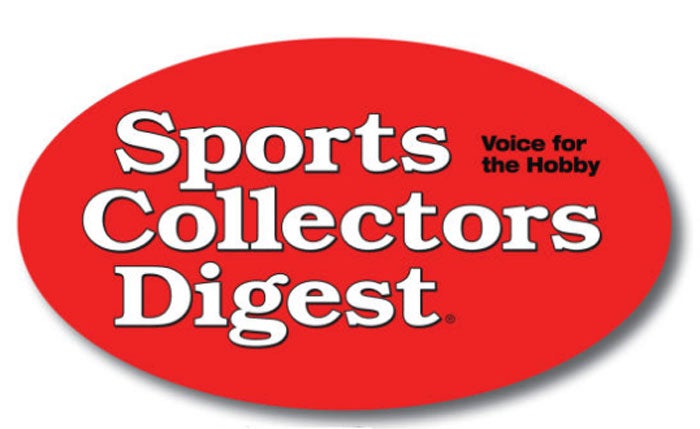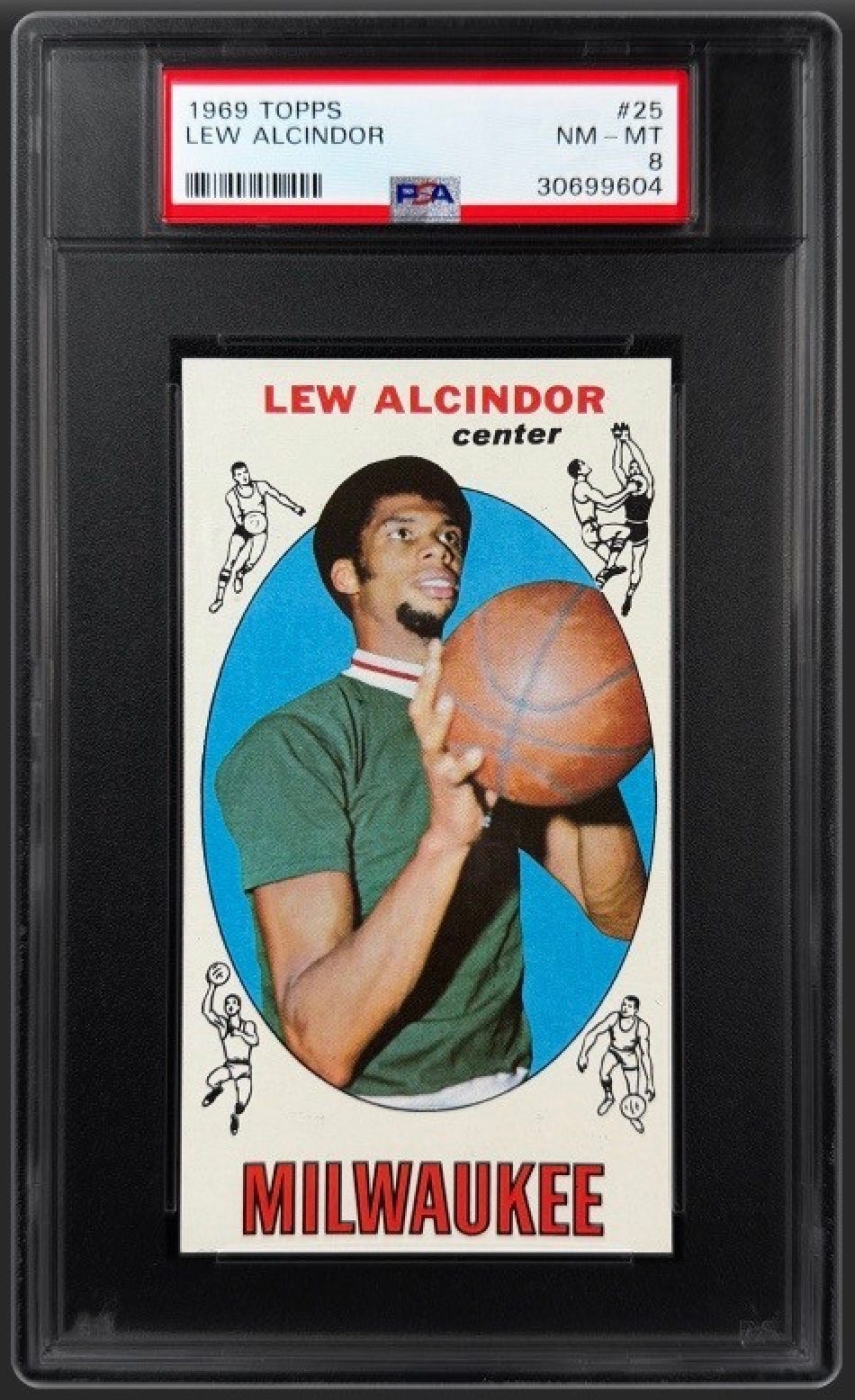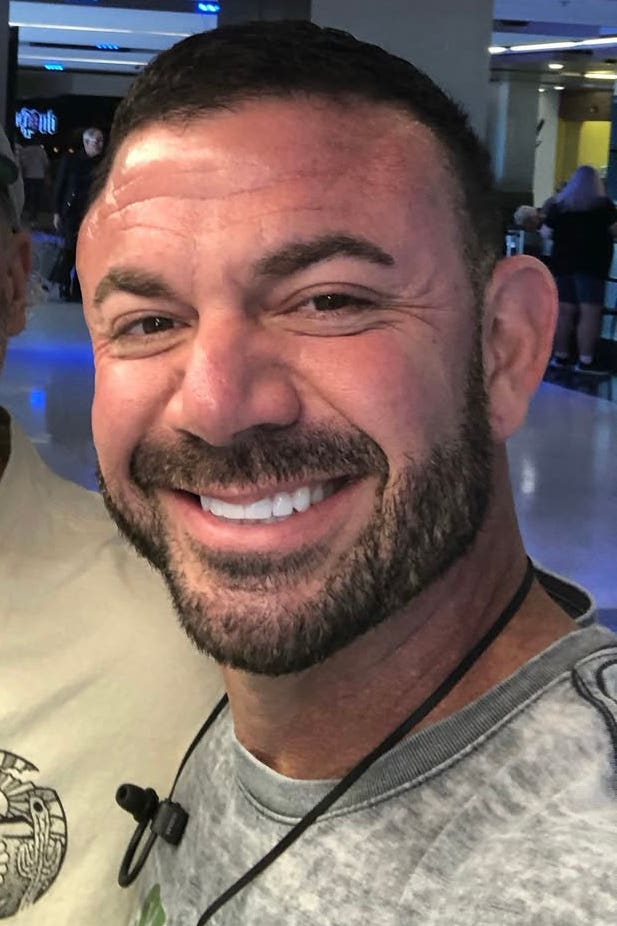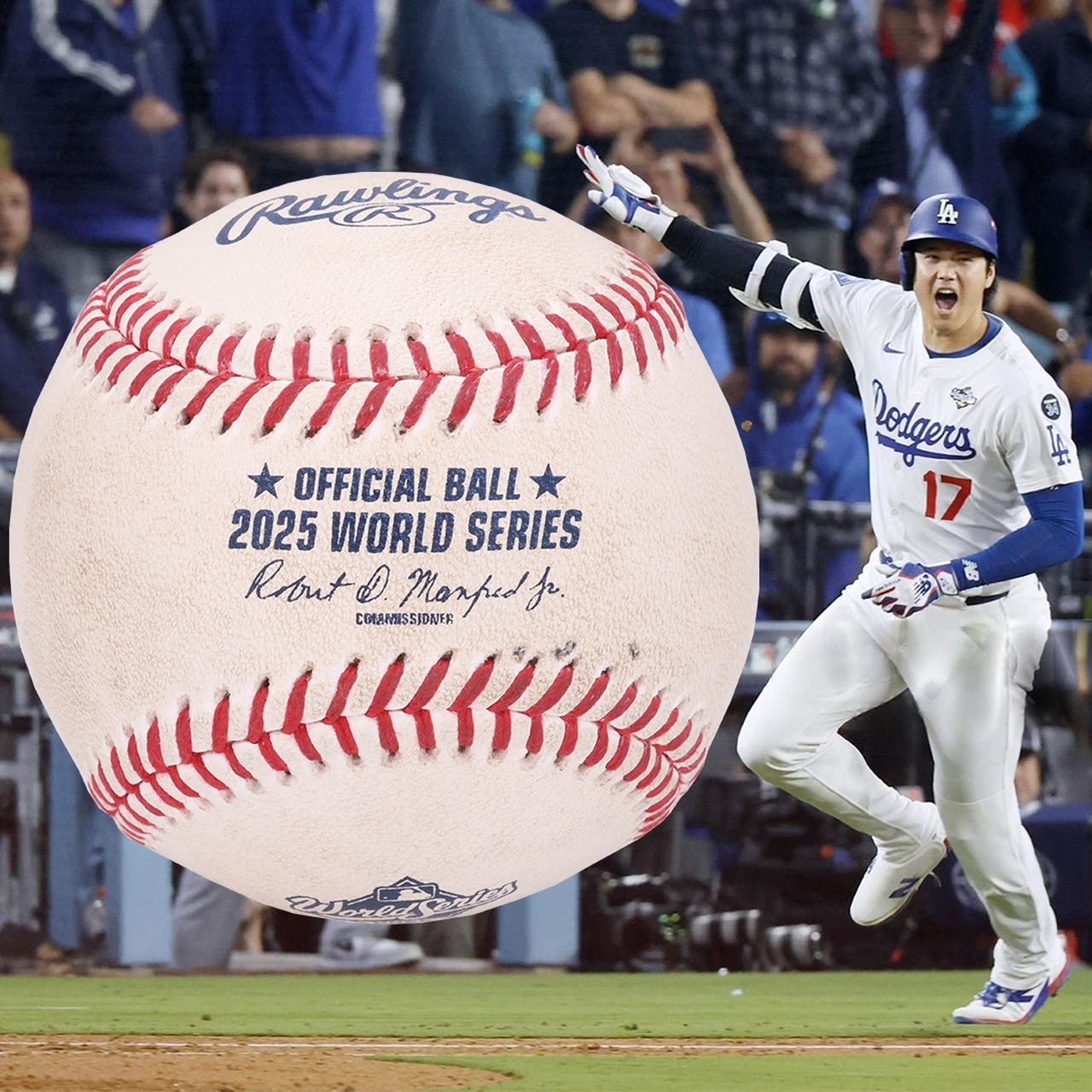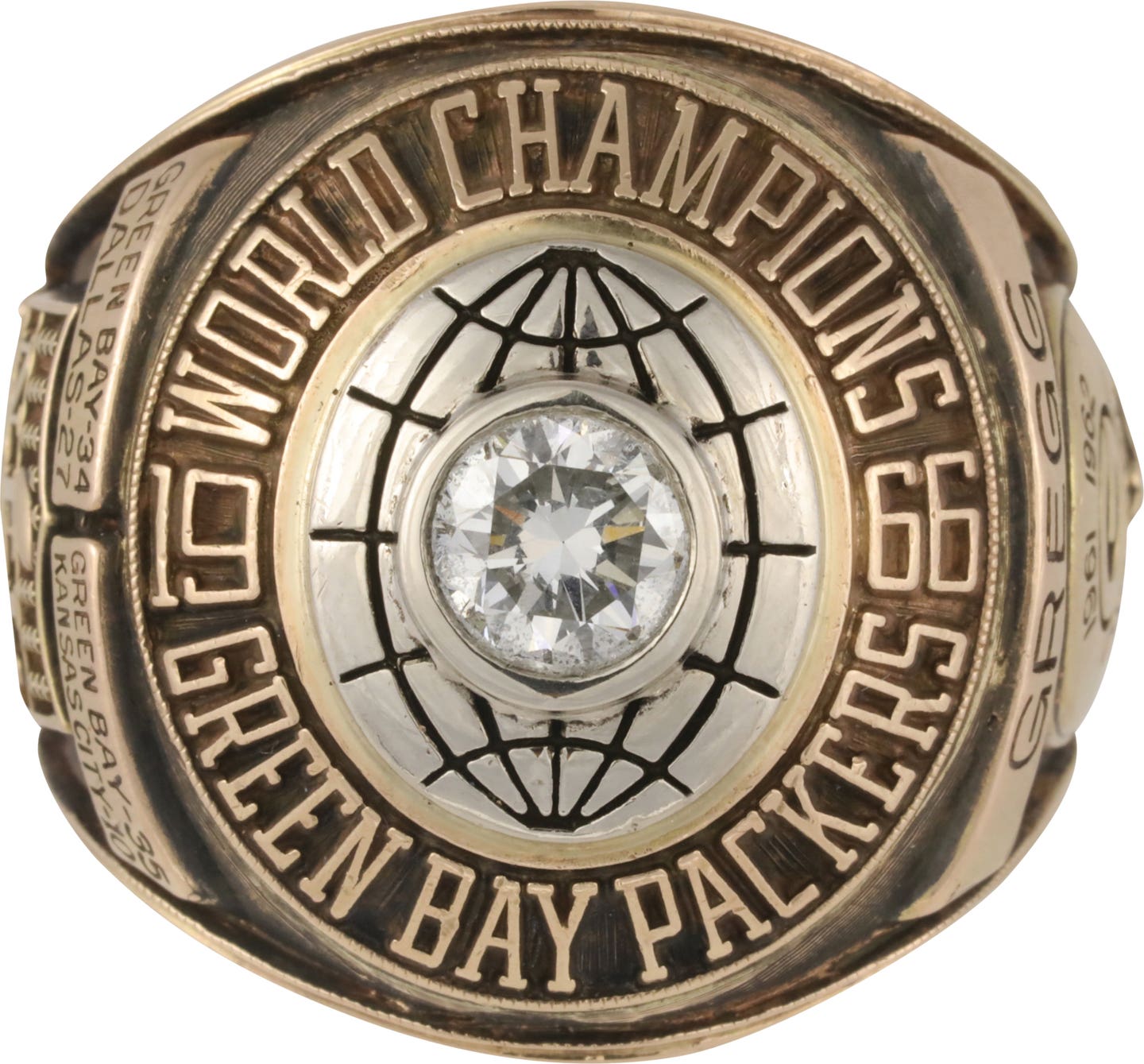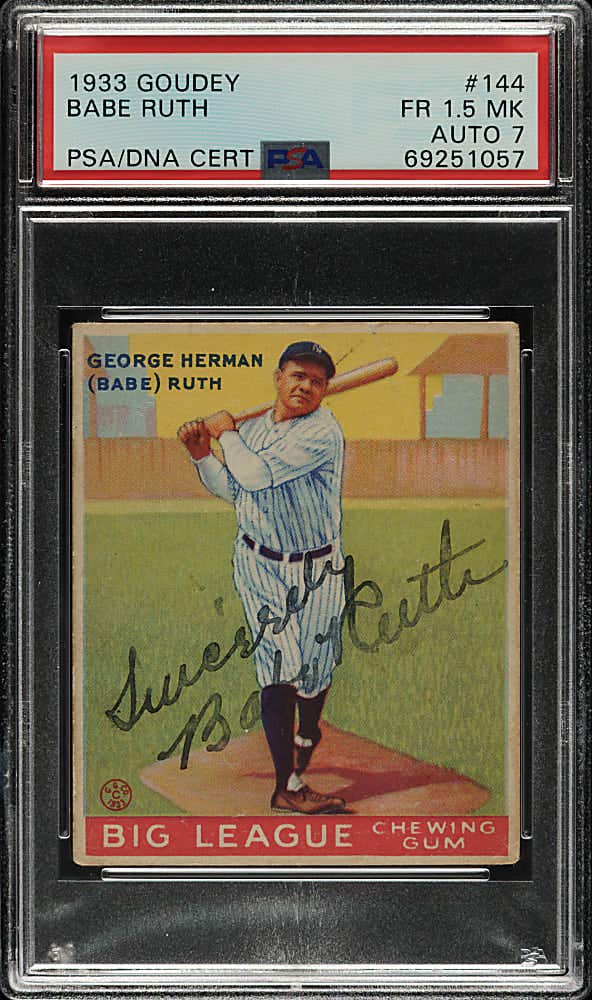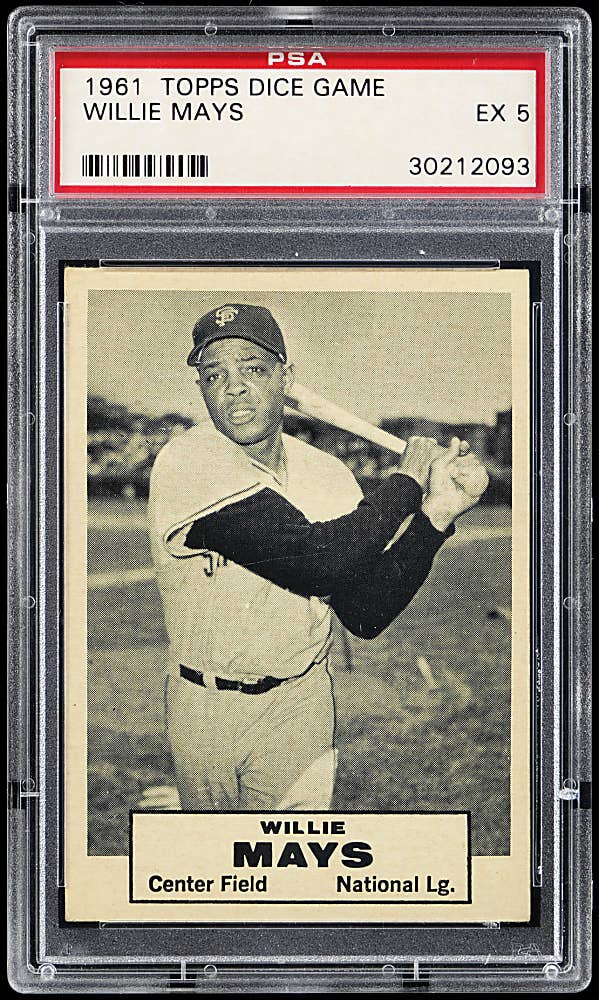One of the most dramatic moments in Operation Bullpen: The Inside Story of the Biggest Forgery Scam in American History, to be published by Southampton Books ($18.95, www.operationbullpen.com, releasing Oct. 1) occurs when the leaders of the notorious Bray-Marino national forgery ring decide to hold a sit-down at a local Southern California restaurant. By this time, 1999, the ring has made tens of millions of dollars from the creation, sale and distribution of fake memorabilia.
Worried about a possible federal probe into their activities, they do not suspect that the FBI is secretly watching them. In this second, exclusive SCD excerpt from Kevin Nelson's upcoming new book, we pick up the action as several teams of undercover FBI enter the restaurant to sit down right next to the ringleaders:
FBI surveillance had watched as the gang pulled into the Coco's lot. Once they went inside, eight to 10 more agents staked out the shopping center in case they were needed. Special Agent Jake Gregory was one of those agents. So was Tim Fitzsimmons, Operation Bullpen's case agent. Both were paired with female agents on the thinking that it was less suspicious for a couple to be out for breakfast on a Friday morning, rather than a man by himself.
Gregory's partner was Caroline Hoag who, like the other agents, worked in the white-collar crime squad of the San Diego FBI. But until this moment she had not taken part in Operation Bullpen and knew little about it. "My knowledge of the case was not extensive," she said. "But I was on the same squad as Tim, and agents often help out other agents at big moments in a case. And I knew this was a big moment. These were the kingpins of the fraud racket in Southern California, and they were going to have a sit-down."
Dressed casually, with blondish hair and soft features, Hoag has the pleasant, almost bland appearance of a white middle-class suburban homemaker - certainly not someone one would suspect of being FBI. She and the professorial-looking Gregory were the first of the outside couples to enter the rear dining room where the flip-flop mafia were sitting. As the hostess gave them their menus and explained that their waitress would be along in a minute, Gregory and Hoag said nothing, each of them unfolding a copy of that morning's San Diego Union-Tribune and turning to the section with the crossword puzzle in it.
In a moment or two Fitzsimmons and his partner came in and sat down near Gregory and Hoag, followed by another pair of agents who did the same. The FBI had the gang nearly surrounded, and the gang didn't suspect a thing.
For Fitzsimmons, this was a moment of some emotion, though you couldn't tell it by his face or anything he did or said. He and his partner inspected the breakfast menu, their waitress brought them coffee, and he ordered a short stack of pancakes. After the waitress left, taking their menus with her, they, too, became absorbed in their newspapers as Fitzsimmons sneaked glances at the men he had been chasing for more than two years.
Even with the wiretaps providing access into the gang's private conversations, there was still some confusion within the FBI about who was who. Not Bray and the Marinos but other guys such as the two Rickys: Who was Little and who was Big? At times the wire agents were not clear which one was being referred to over the phone. But now, sitting only a few paces away from them, Fitzsimmons knew exactly who he was dealing with: the broomstick-skinny leader, Wayne Bray; the brilliant forger, Greg Marino, and his brother John; memorabilia dealers Rino Ruberti and Rick Mitchell, and finally joining the table and taking an empty chair that had been saved for him, Nate Harrison. Dressed in a T-shirt and jeans, with long brown hair and a baby face, he was the youngest in the group.
Leaning slightly over from his table to try to hear what they were saying, Fitzsimmons picked up nervous snippets of dialog about the problems with selling on eBay. Fitzsimmons had in fact been in touch with eBay in recent months, as well as the New York Department of Consumer Affairs, which was conducting a separate fraud investigation into certain eBay sellers.
While counterfeit dealers relished the anonymity they had online, they could not escape one routine aspect of modern commerce: the credit card. Ebay required that every dealer provide a valid credit card number (as well as the name of his Internet service provider). The company's listing fee and sales commission were charged against the card. In an attempt to conceal their real name and address, dealers often used aliases and P.O. boxes, but they could not easily get around the credit card requirement. Once eBay captured this information, together with the subpoena powers of the government, investigators could trace the sales activity of the most suspicious dealers.
Since these transactions were computerized, the details of every deal done on the site - date of the auction, names of the seller and buyer, what was sold and for how much, the credit card info - flowed into the company database. In the early days of the scam a match or paper shredder could make past business disappear. But in eBay's chunk of cyberspace there was no destroying of records; everything you did there was more or less permanent. This data, summarized "down to the penny" in Fitzsimmons's admiring words, was transferred to a disk and shipped to his office on Aero Drive in San Diego.
The waitress returned with their order, and Fitzsimmons put down his paper and started in on his pancakes. But it was frustrating for him. Now that Nate Harrison had arrived and the talk had begun in earnest, he was too far away to hear the details of what they were saying. The agent in the best position was Caroline Hoag, who was listening hard and saying little while pretending to do a crossword puzzle. The crossword gave her a plausible reason to be holding a pencil and writing things down. What she was actually doing was writing down what the gang was saying.
So were Gregory, Fitzsimmons, his partner and the other FBI couple when they were not eating. Solving the crossword puzzle was a popular activity that morning in the rear room of Coco's.
For Hoag, this was "the gotcha moment" of the case. Several times while she was writing things down in the margins of her paper she thought, "Oh, this is good. This is really good," because the men were openly discussing their criminal activities. And this was most satisfying for her - the fact they did all this loose talk in front of her. "The meeting was held to discuss strategy so they could be united against law enforcement," she said. "The idea that they would think so little of a female that they would be boisterous and talk about what they were doing in front of me, and then to have no clue that this female was listening to them and taking notes on what they said. That was fun."
She heard Nate Harrison say, "There are too many things going on. It's not normal." He was referring to the unusually high number of complaints he was receiving for the fraudulent merchandise he'd been selling. Everybody got complaints now and then but a whole bunch of his clients had been ragging on him lately. It wasn't right, and it bugged him.
Then she heard Wayne describe (southern California memorabilia dealer) Shelly Jaffe as "scary," which made Greg ask, "Scary how? Scary FBI?"
Shelly was a close friend of Nate Harrison's. They did business together and often called each other to laugh it up when they saw their bogus products being hawked on the cable TV home shopping channels. So Nate vouched for Shelly, saying they didn't have to worry about him going over to the FBI.
Even so, t hey were worried, agreeing as a group to cut loose anyone who seemed suspicious and not bring in any new people until things cooled down. But Wayne recommended taking it one step further: shut things down for a while. "Let's not call it off but take some time off," he said.
Anxious about being caught with a bunch of fakes if the law came calling, Little Ricky Mitchell asked what he should do with the bad stuff he was storing in his house.
"Get it out of your house," Wayne told him.
"Should I bury it?"
"Yeah. Bury it and put it somewhere for 20 years. You and your kid can dig it up."
This drew some laughs that quickly died away. They had been living a kind of bubble life, working their autograph scam for years without being caught. In certain moments some of them felt they'd never be caught. Now, the threat of an investigation - no, it was not a threat, it was happening - had jolted them all. The bubble appeared ready to burst.
But it hadn't - not yet. And maybe it never would if they stayed tight and smart and let things chill for a while. After that, they'd see how they felt, see how things looked. In the meantime they'd look into hiring an attorney to represent them as a group if the law made a move against any one of them.
"OK, this is it," Wayne said. "Everything at this table stays here. And if we're approached by law enforcement, we have two words for them:
'Screw you.' " As if to underline the point, speaking loud enough so that every diner in the room could hear him, he added:
"Screw the FBI!"
Breakfast over, their meeting done, the guys stood up, tossed some bills on the table for a tip and left. When they passed through the main dining room an FBI undercover couple stood up with them and nonchalantly followed them to the cash register as they paid their bill. Then, as the kingpins of the Southern California fraud racket stepped outside, surveillance agents took their photographs.
The gang's resolution to let things chill for a while did not last long, however. On March 8, 1999, three days after this meeting, Joe DiMaggio died, and everyone sprang back into action. That morning Stan Fitzgerald, the New Jersey memorabilia dealer who was the biggest retailer in the ring, placed a huge order with Wayne Bray that consisted of some 600 blank baseballs, 400 DiMaggio 8-by-10s, four dozen blank helmets and six dozen blank bats. Suddenly back in overdrive, the flip-flop mafia loaded up Greg's apartment and his parents' garage in Escondido with gaggles of Joe D. merchandise, and Greg, rocking and rolling on pot and crystal meth, started pumping out forgeries once more. u
What happened next was the most startling event of all. Feeling the pressure from the gradually tightening FBI noose, one of the ringleaders "flipped" and decided to cooperate with the government, going undercover to provide evidence on his former partners. For the conclusion, find Operation Bullpen: The Inside Story of the Biggest Forgery Scam in American History, to be published by Southampton Books, $18.95, www.operationbullpen.com. This excerpt is copyrighted by Kevin Nelson.

